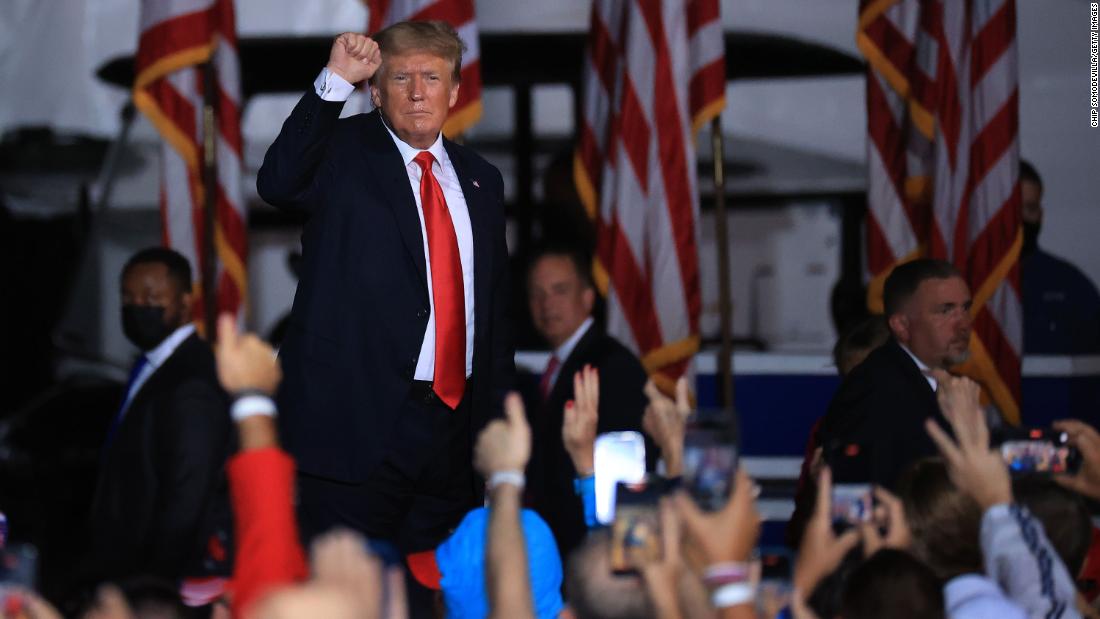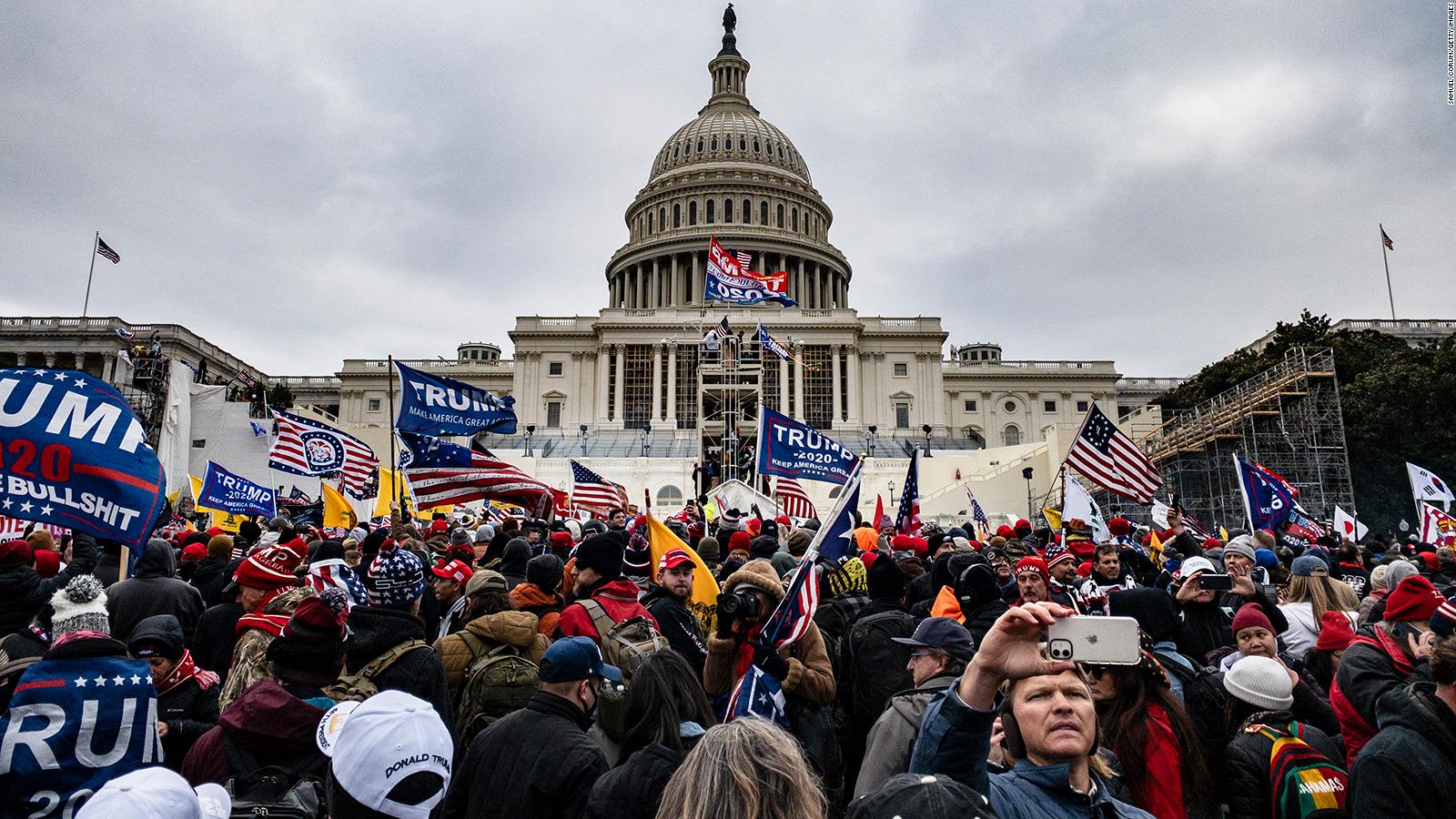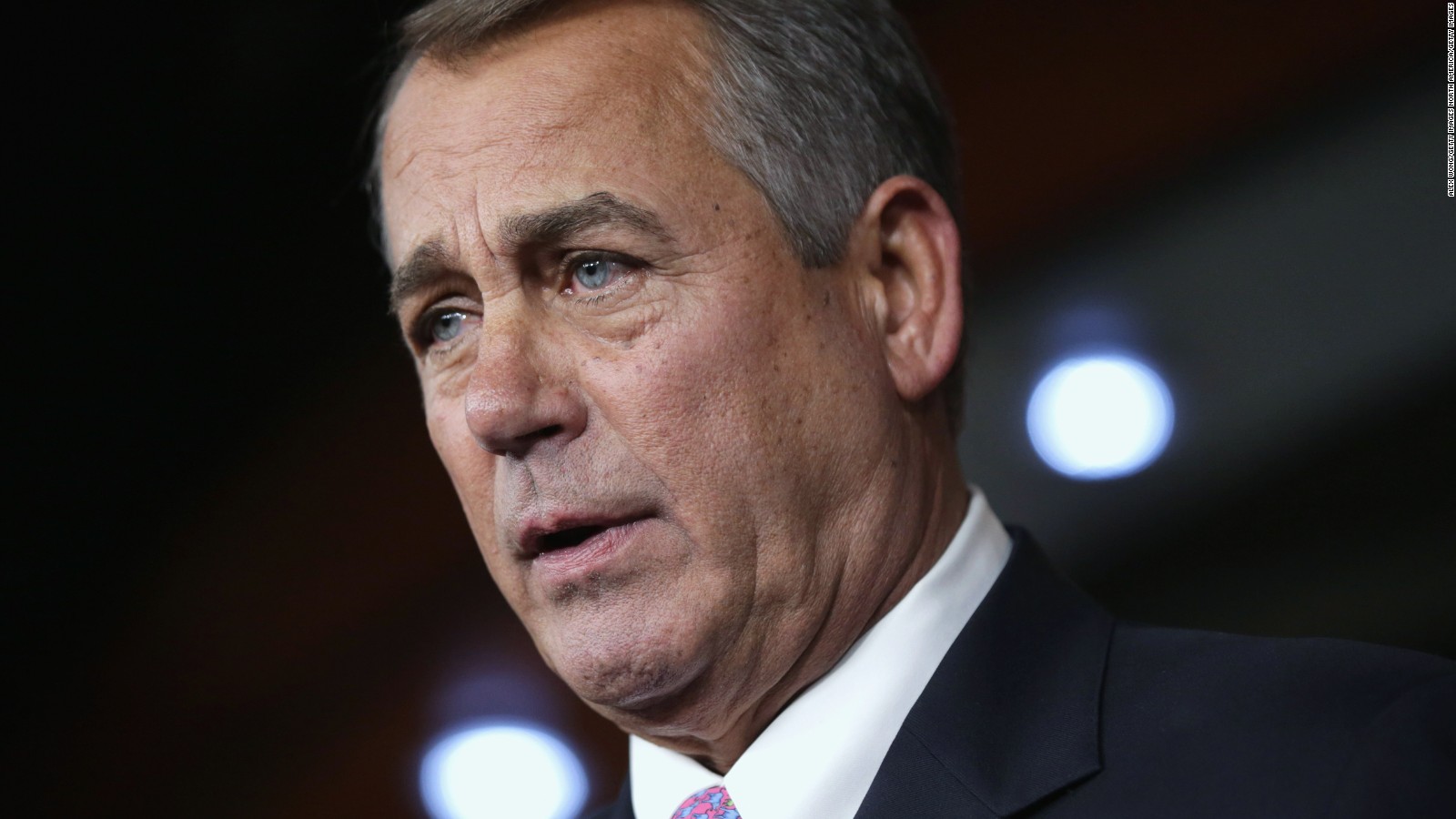
Opinion: Trump’s rally script fell apart

(CNN)Starting well before he ever got elected, former President Donald Trump had a talent for making his rallygoers boo. Just mentioning Hillary Clinton or CNN (or, near the end of his presidency, Fox News) would trigger a paroxysm of jeering from his supporters, who knew the role they played in punctuating his performances and happily did their part.

But at a recent rally in Alabama, the old script fell apart. Trump, after assuring the crowd that he supported “their freedoms,” said that he recommended they take the Covid-19 vaccine. “It’s good. I did it. Take the vaccines.”
The crowd, which had been cheering Trump up to that point, suddenly lost its unitary glee. A portion of the rallygoers started to boo, not with Trump but at him. “No, that’s OK. That’s all right. You got your freedoms,” he said, quickly seeming to recalibrate. “I just happened to take the vaccine.” That way of putting it was quite a concession from Trump, who once boasted that he was “the father of the vaccine.” Having touted it as “a medical miracle,” he was now forced by a crowd of his own supporters to shrug it off as something he just happened to take.
Nor was he the only one getting boos that night. The crowd also lustily jeered Alabama Republican Rep. Mo Brooks, one of Trump’s close allies, when he told them to move past the 2020 election (even while reiterating the false claim that it had been fraudulent).
At the rally, both Trump and Brooks were confronted with something Republican leaders have experienced — but never quite learned from — time and time again over the last 30 years: the more hard core and conspiratorial base of their movement can be leveraged for electoral gain, but they can never be contained or controlled. And no matter what loyalty elected leaders once commanded from this base, any politician who tries (once they’ve been unleashed) to restrain them or disabuse them of a conspiracy ultimately must tack even further right or risk being rendered irrelevant.
That reality has been a defining characteristic of the American right since the Reagan era. By the end of the 1980s, there was a fully-fledged conservative establishment in the US: a network of think tanks, politicians, donors and media personalities who wielded significant social and economic influence. The conservative wing of the GOP also finally wielded real political power: the presidency in the 1980s, Congress in the 1990s. That mattered, because it meant that the right was big enough to fight for power and had enough power to fight for.
The base, too, now had new ways of amplifying its own preferences, with its issues and conspiracies amplified by a quickly-growing right-wing media that stoked political fights which served to further elevate GOP conservatives. This became clear in the 1990s, when Newt Gingrich, an innovative conservative legislator with enormous political appetites, helped push out then-Minority Leader Bob Michel, setting himself up to become Speaker when a wave of conservative legislators flooded into Congress in the 1994 midterm elections. Gingrich relied heavily on his relationships with media personalities like Rush Limbaugh to motivate a conservative base outraged at the Clinton administration and convinced that the White House was a hive of murderous conspiracies.
But no sooner had Gingrich taken power than those new legislators began carving out a space for themselves to his right. While Gingrich seemed to be taking obstruction to a new level when he forced a government shutdown in 1995-1996 (then the longest in US history), a caucus of further-right representatives opposed his efforts to reopen the government once it was clear that the effort had backfired. (Gingrich vowed not to campaign for anyone who opposed him, though ultimately relented in an effort to retain his majority).

Supported by conservative media and the Clinton conspiracy complex, these ultraconservatives pushed impeachment well before Gingrich himself was ready to pursue it. And for all the conservative policies he managed to pass with Clinton’s support, Gingrich faced a faction of conservative lawmakers who attacked him for his willingness to compromise and cheered his resignation after the 1998 midterms.
President George W. Bush faced the same dynamics. His 2004 reelection campaign catered heavily to a base that mocked and mischaracterized his opponent John Kerry’s military service and flocked to the polls to oppose marriage equality. Bush and his team did not understand how captive he was to that base’s anger until he began his push for immigration reform during his second term. The administration was stunned by how immediate and virulent the backlash was — what was meant to be his signature legislation only served to reveal how little control he had over his party’s base.
This pattern of creating and then losing control of a monster was also on display with the tea party. Born in response to the election of President Barack Obama and the global financial crisis, the movement re-energized a flagging Republican Party, helping to secure a landslide in the 2010 midterm elections while also shifting it sharply right. Party leaders like Speaker John Boehner gleefully embraced their new majority, eager to use their victories as leverage in negotiations with Obama, as Gingrich had with Clinton. In his first week as Speaker, he warned them that they would have to shift tactics in office, saying, “Campaigning is different than governing.”

But the tea party caucus disagreed. Texas Republican Rep. Louie Gohmert, for example, lobbied for legislation requiring presidential candidates to release their long-form birth certificates, injecting the birther conspiracy (so relentlessly flogged by Trump) into Congress.
Boehner found he could use the new caucus to obstruct the Obama agenda and endlessly investigate events like the embassy attack in Benghazi, Libya — but could not get the legislators to actually legislate. He watched as budget deals and debt-ceiling votes and immigration reform all fell apart. “The far-right knuckleheads would refuse to back the House leadership no matter what,” he wrote in his memoir, “but because they were ‘insurgents’ they never had the responsibility of trying to actually fix things themselves.” He finally gave up, resigning in the middle of his term in 2015.
Trump took a different approach. Rather than trying to appeal to the party’s base, he sought to embody it. He could do this because, unlike Gingrich, Bush and Boehner, he was not part of the conservative establishment: he targeted it, presenting himself as an outsider at war not just with liberals and Democrats but with conservative and Republican leaders. There seemed to be no space between Trump and the more wild-eyed parts of the party’s base; in fact, he dragged the rest of the party to the base’s positions, commanding an unsettling and nearly universal loyalty for the party as he did.
Yet even that has proven not to be enough to contain the right-wing base of the party or lead it to compromise. Seldom has that base had to choose between Trump and their favorite conspiracies. But as the response at the rally showed, if forced to choose, a good portion of the base would abandon Trump.
That does not mean that Trump is suddenly on the outs. He has always been more of a political lemming than a political leader, scrambling to meet the party’s base where it’s at. His onstage modulation suggests that he will continue to do so, as will other Republican leaders eying the 2024 election. For all the talk of Trump transforming the Republican Party, what he mostly did was realize who was really in charge of it.
Source: http://rss.cnn.com/~r/rss/cnn_topstories/~3/ydIS3o83mdo/index.html

















